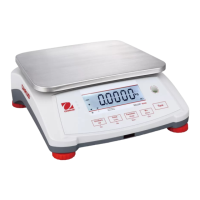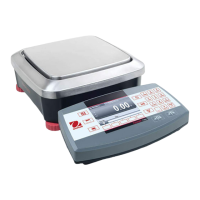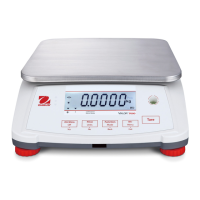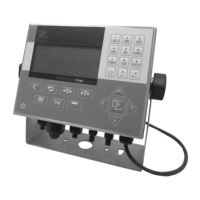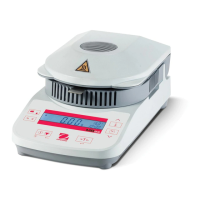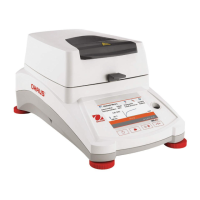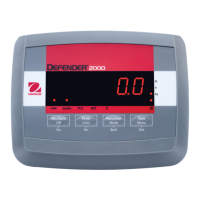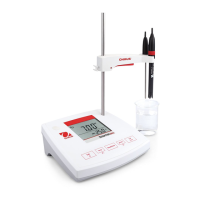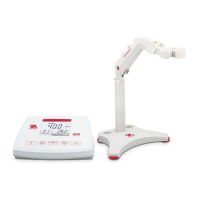What to do if OHAUS Measuring Instruments display is on but weight does not change?
- SStephen FosterJul 27, 2025
If the display is on but the weight reading remains unchanged, examine the wiring to the load cell, checking for any broken wires, open connections, or incorrect wiring. If the issue persists, further assistance may be needed.



